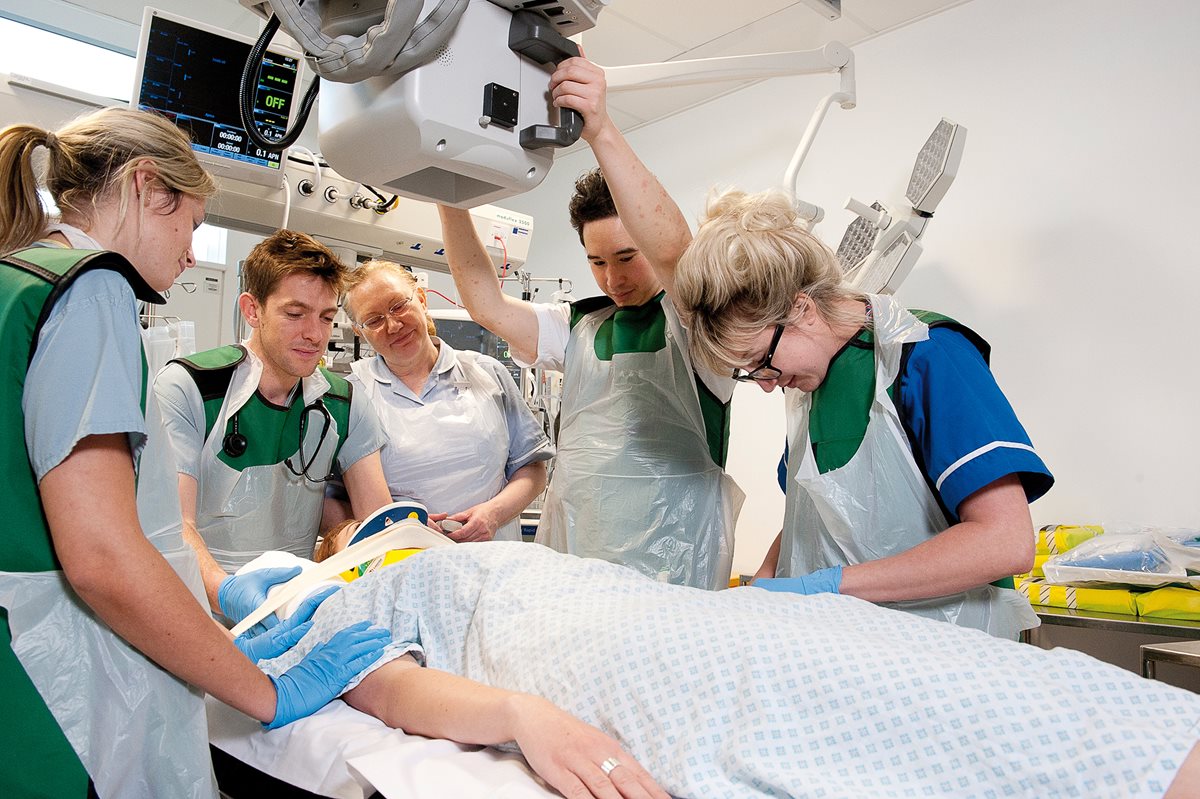Covid-19 has highlighted the importance of a well-resourced staffing model for imaging and radiotherapy departments.
Whilst the policy makers and government departments look for solutions and plan for increasing capacity and flexibility in the radiographic workforce, how do departments deal with the present and immediate future?
Service managers face many challenges during the so-called recovery phase: dealing with the backlog of imaging and treatments, facilitating new work because of the pandemic, ensuring a safe environment for patients, many of whom are nervous about attending hospitals, to name but a few.
One of the biggest challenges is staffing and the need to ensure a safe working environment with enough suitable PPE stocks. Ensuring staff wellbeing must be a priority during and following the pandemic, this could include burnout and managing any ongoing concerns of staff.
All this, alongside the need to deliver a flexible, safe and efficient service, may make the facilitation of clinical placements for students seem a challenge too far.
There are some very real concerns and issues such as the need for social distancing, allocation of PPE, as well as risk assessments for some students. However, it is essential for continuing service provision that we retain our students and they qualify as planned, with minimal delay.
We know that many of you will be in discussions with managers in your region and colleagues within the higher education institutions, and with Regional Health Education AHP leads who have been organising webinars.
We recognise the challenges of continuing tosupport students on placement, and that no one has all the solutions. If we did it would be easy!
We would like to hear from you in order to support other departments in providing case studies, experiences, and challenges.
